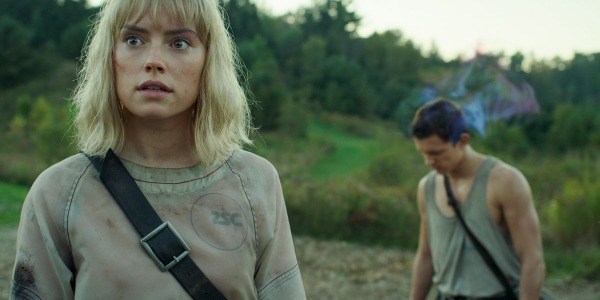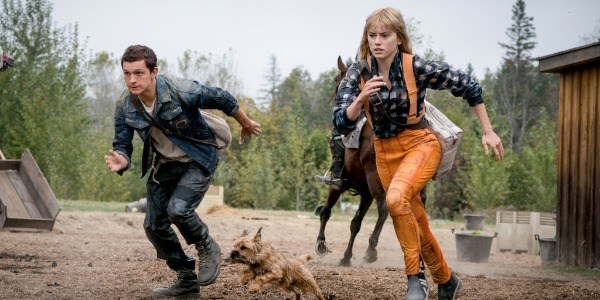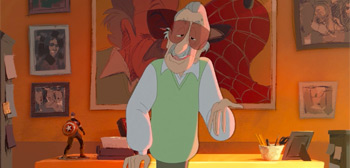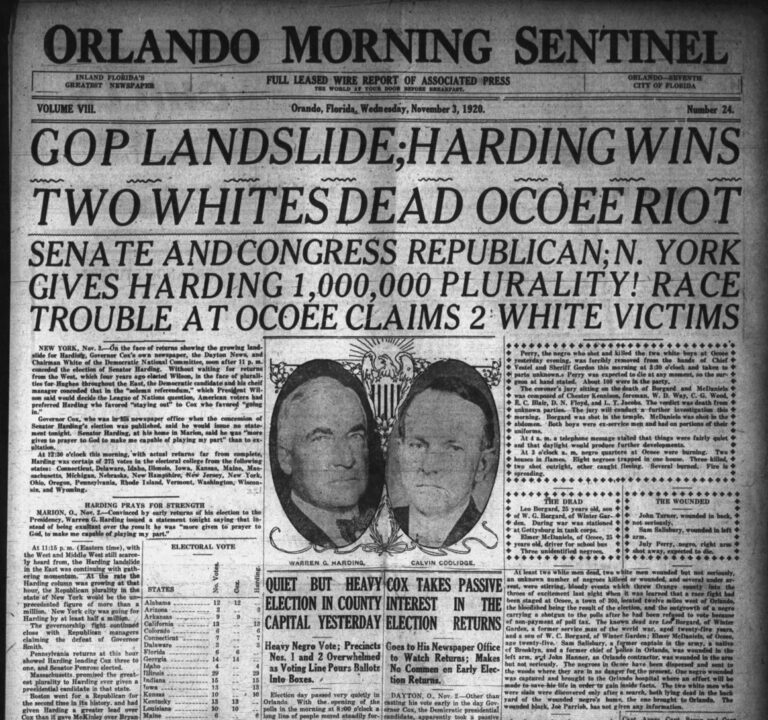CHAOS WALKING: Talk Less, Do More
Has there ever been a more aptly titled film than Chaos Walking?
The production has been plagued with highly publicized setbacks. First, there was a carousel of screenwriters, whose ranks include Charlie Kaufman, who penned the first draft in 2012, and Patrick Ness, author of the source material. Another complication followed; the film required reshoots — a common practice in the making of modern blockbusters — but stars Tom Holland and Daisy Ridley were in the midst of work on Marvel and Star Wars, pushing the release date back almost a year. Then, as the film was set to make its (belated) debut the Covid-19 pandemic hit, theatres across the globe closed, and the film was shelved once again.
For director Doug Liman, this kind of discord is par for the course. Rarely do his films come together neatly. His two most successful releases to date (2002’s The Bourne Identity and 2014’s Edge of Tomorrow) had rocky productions, littered with reshoots.
Chaos Walking would also make for an apt summary of Liman’s concerns as an auteur.
All of his films center on people whose worlds are in disarray, whether that be the marital breakdown at the core of Mr & Mrs Smith, the temporal loop in Edge of Tomorrow, or the pandemonium of war in The Wall. His best films have a unique rhythm, rather than mitigate narrative oddness Liman forces it into the spotlight.
On paper then, he should be a perfect fit for this property. Ness’s Chaos Walking trilogy (the first of which, The Knife of Never Letting Go, has been adapted here), was the weird cousin of young adult series like The Hunger Games and Twilight. Ness eschewed tropes of the genre – fascist governments, love triangles, a system of social categorization a la Divergent-style factions, love triangles, teenage-led resistance movements – in favor of concepts that were, in a word, truly original.
About those Original Concepts…
Chaos Walking finds us on a distant planet, New World, in the year 2257 A.D. We share the perspective of Todd Hewitt (Tom Holland), our teenage protagonist and the youngest resident of Prentisstown, the human settler colony. All the women died when Todd was an infant, leaving the men entirely alone. Mayor Prentiss (Mads Mikkelsen, on autopilot) claims the women were killed in a war with the mysterious alien natives, called Spackles, although it is obvious to anyone familiar with young adult films (so, everyone) that he is lying.
If the lack of women weren’t bad enough, everyone’s thoughts are broadcasted out loud, a phenomenon that is (aptly) called “The Noise”. No one knows why The Noise happens, or how to stop it. Ness depicted The Noise as pages of frenzied, overlapping text that was overwhelming to read.

In adaptation, Liman settled on portraying The Noise visually as well as sonically. In addition to hearing the thoughts, characters also walk around with multi-colored whisps, evocative of Wanda Maximoff’s powers, floating around their head; when someone becomes emotional, the whisps evolve into images. Some of these images are revealing — one of the film’s few successful jokes revolves around Todd imagining kissing Viola (Daisy Ridley) a girl who crash lands on New World, only for him to realize she can see the entire fantasy. Other times, the images serve a plot function, characters can create hologram-like projections with Noise which they can use to trick their opponents in battle.
As creative as these uses of The Noise is, they are outliers. Most of the time The Noise amounts to little more than characters either involuntarily verbalizing any subtext their dialogue might have had or else speaking the most obvious, least interesting observations a person could make. Early in the film, Todd throws his dog, Manchee, some food. His Noise punctuates this interaction with “all you do is eat and shit”, and that’s about as deep as his inner-monologue gets.
What should have been Chaos Walking’s primary draw is reduced to the narrative equivalent of sprinkles on a cake. It’s hard to imagine Liman, a director whose modus operandi is taking high concept narratives and turning them into populist fair, settling for a creative choice this, well, uncreative. One has to wonder how much of those extensive reshoots were Lionsgate producers — whose bread and butter was, for a time The Hunger Games, Divergent, and Twilight franchises — burying a better film under an avalanche of studio notes, more likely than not in an attempt to beat the narrative into a shape it never was meant to resemble.
What we’re Left With
The one advantage Chaos Walking has is those constant delays. Dystopian YA has been supplanted by superhero films as the dominant genre of blockbuster. This film, which one could have felt exhausting, now comes as a welcome reprieve, a throwback to an era of filmmaking where not every film was expected to kickstart an interconnected cinematic universe.
Even so, Chaos Walking has a technical sturdiness that its peers — The Hunger Games, Divergent, and Maze Runner — tended to lack. Liman has teamed up with cinematographer Ben Seresin, and their work on action sequences is commendable. Forgone are the CGI messes we have come to expect from a film with a $125 million budget; the conflicts are small-scale, brutal, breathless. A hand-to-hand tussle fought on a makeshift raft careening downriver is a standout.

And while Liman struggles to translate The Noise to the big screen, he fares better with some of the secondary ideas at play in Ness’s trilogy, toxic masculinity in particular. None of the men are in homosexual relationships (save for Todd’s queer-coded co-parenting Dad’s), everyone is at each other’s throats constantly, and the authority figures all call violence a virtue. One might think, in a society without opposite sex, gender constructs might erode, but Prentisstown, with its neo-Western stylings, reads like a John Ford film with the machismo dialed up to eleven (the set design deserves commendation, as does the makeup department — Ridley’s wig excluded). When Viola crash lands on the planet, the knee-jerk reaction of Prentisstown citizens is to kill her; the critique could not be more explicit.
Tellingly, these ideas are not communicated through dialogue. As an action film, Chaos Walking works, it’s a fun popcorn flick. Whenever the characters start talking, Liman begins to lose his grip on the proceedings. It’s a pity most of these characters can’t shut up.
Did you enjoy Chaos Walking? Why or why not? Discuss in the comments below!
Chaos Walking is available in cinemas, where they are open, in the US. There are no UK release dates at present. It is currently unavailable on VOD. For further release information, please click here.
Watch Chaos Walking
Does content like this matter to you?
Become a Member and support film journalism. Unlock access to all of Film Inquiry`s great articles. Join a community of like-minded readers who are passionate about cinema – get access to our private members Network, give back to independent filmmakers, and more.
Join now!





